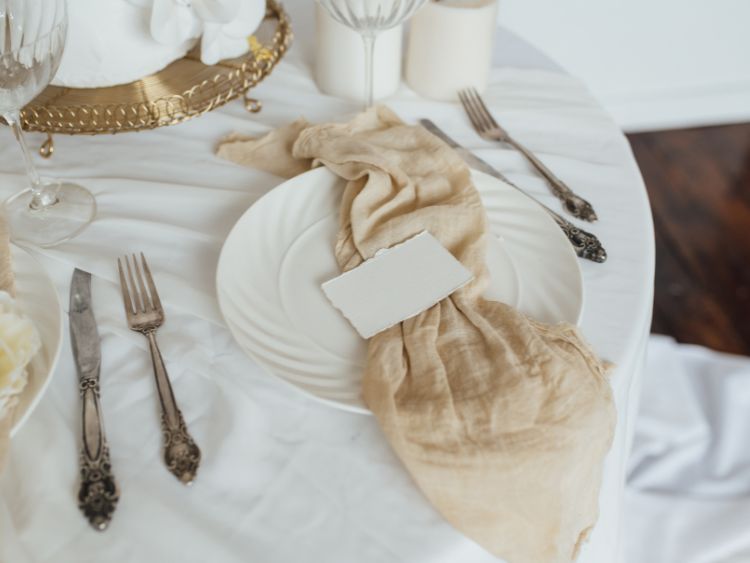When it comes to men’s formalwear, two accessories that often get overlooked are vests and cummerbunds. Yet, these seemingly small items can completely change the look of a suit or tuxedo, adding layers of style and sophistication. Whether you’re prepping for a wedding, black-tie event, or any formal gathering, understanding how to properly wear and choose between vests and cummerbunds is essential.
In this article, we’ll dive deep into the history, styles, and proper etiquette of vests and cummerbunds, helping you make an informed decision about which to wear, when, and how.
The History of Vests and Cummerbunds
A Brief History of Vests
The vest, also known as a waistcoat, has been around since the 17th century. Originally worn as part of everyday wear, the vest evolved over time into a piece primarily associated with formalwear. King Charles II of England is credited with popularizing the waistcoat as a formal garment, which became a staple in the 18th century. By the 19th century, vests were an essential component of a man’s three-piece suit.
- Fun fact: Early vests were far more elaborate, featuring rich embroidery and bright colors, which reflected the fashion trends of their time.
The Origins of the Cummerbund
Unlike vests, cummerbunds trace their origins to the East, specifically in India. British military officers adopted the cummerbund from Indian soldiers as an alternative to the traditional waistcoat in hot climates. The cummerbund quickly became a part of formal military dress, and by the early 20th century, it was incorporated into civilian formalwear, particularly with tuxedos.
When to Wear Vests and Cummerbunds
Vests: Versatility at Its Best
Vests can be worn in a variety of settings, from business attire to full-on formal occasions. They’re the go-to accessory for a polished, elegant look, offering an additional layer of refinement.
- Business settings: Pair a vest with a suit for a polished look that’s more formal than going without.
- Formal occasions: A three-piece suit, with the vest matching the suit, is a classic and timeless option.
- Casual events: Vests can also be dressed down, worn over a button-down shirt for a smart-casual style.
Cummerbunds: Strictly Formal
The cummerbund, on the other hand, is reserved for formal events and is most commonly worn with a tuxedo. It’s an alternative to a vest and is typically paired with a bow tie. Cummerbunds aren’t as versatile as vests but add a sleek, streamlined look to formalwear.
- Black-tie events: Wear a cummerbund with your tuxedo for an extra touch of class.
- Weddings: When attending a formal wedding, especially one requiring black-tie attire, a cummerbund is a safe bet.
- Gala dinners or award ceremonies: Cummerbunds are perfect for these strictly formal gatherings, where the dress code leans heavily towards traditional black-tie fashion.
Vests vs. Cummerbunds: Pros and Cons
Vests: Pros
- Versatile: Can be worn in both casual and formal settings.
- Stylish: Adds depth and structure to your outfit.
- Warmth: Provides an additional layer for colder environments.
Vests: Cons
- Less formal: For very formal occasions, a vest might not be as appropriate as a cummerbund.
- Can be bulky: Adding a vest under a suit jacket can sometimes feel restrictive, especially if it’s not tailored well.
Cummerbunds: Pros
- Classic elegance: Perfect for formal occasions, giving you a sleek, polished appearance.
- Streamlined look: Cummerbunds help create a smooth, uninterrupted line, ideal for evening wear.
- Cooler option: If you’re attending an event in a warm climate, a cummerbund is a lighter alternative to a vest.
Cummerbunds: Cons
- Limited use: Not suitable for business or casual occasions.
- Requires precise pairing: You need to carefully match your cummerbund with the rest of your attire, especially your bow tie.
How to Style Vests and Cummerbunds
Styling a Vest
When wearing a vest, it’s important to ensure the fit is perfect. The vest should be snug but not too tight. It should cover the waistband of your pants without bunching or leaving any gaps. Here are a few styling tips to keep in mind:
- Color coordination: Your vest should either match or complement your suit. A contrasting vest can add flair, but it must be carefully chosen to avoid looking mismatched.
- Buttoning rules: Always leave the bottom button of your vest undone—this is a long-standing tradition in menswear.
- Layering: For a polished look, wear your vest under a suit jacket, with a crisp dress shirt underneath.
Styling a Cummerbund
Cummerbunds should always be worn with a bow tie, never a necktie. The pleats on a cummerbund should face upward—this is another tradition, which harks back to when gentlemen used the pleats to hold theater tickets or small items.
- Pleats facing up: Remember, pleats up is the golden rule.
- Pairing with tuxedos: A cummerbund should always match your tuxedo and bow tie, typically in black or a very dark color.
- Skip the belt: When wearing a cummerbund, never wear a belt underneath—it’s redundant and breaks the smooth line a cummerbund creates.
FAQs About Vests and Cummerbunds
1. Can you wear a vest with a tuxedo?
Yes, you can! However, traditionally, tuxedos are paired with either a cummerbund or a waistcoat, but not both. If you’re going for a formal look, stick to either option but not both at the same time.
2. When should you wear a cummerbund instead of a vest?
Cummerbunds are generally reserved for strictly formal occasions, especially those requiring black-tie attire. If you’re attending a gala, wedding, or black-tie event, the cummerbund is your best option.
3. Are vests or cummerbunds more comfortable?
It depends on the event and climate. Vests offer more warmth and coverage, making them ideal for cooler environments. Cummerbunds, being lighter, are more suited to warm climates or formal indoor events.
4. Can I wear a cummerbund with a necktie?
No, cummerbunds are traditionally worn with bow ties. Pairing them with neckties disrupts the formal balance of your attire and looks awkward.
5. What color should my vest or cummerbund be?
For formal events, stick to classic black or dark colors. If you’re attending a less formal event, you can experiment with contrasting colors or subtle patterns.
Conclusion
Choosing between vests and cummerbunds depends largely on the formality of the event and your personal style. Vests offer versatility and can be worn in both business and formal settings, while cummerbunds are best reserved for black-tie occasions. By understanding the history and proper use of these accessories, you’ll be able to make the right choice for your next event, ensuring you look stylish and well-dressed.
Authoritative Links for Further Reading
- www.gentlemansgazette.com/vests-history-styling
- www.ties.com/blog/history-of-the-cummerbund
- www.theblacktux.com/blog/cummerbund-vs-vest-for-tuxedos





